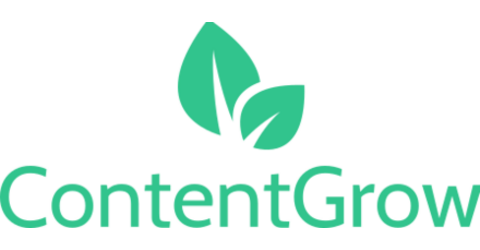ContentGrip Weekly: Platform shake-ups (Google, OpenAI, Meta) + expert strategies for B2B growth
Get the latest on Google's cookie reversal, OpenAI's shopping feature, and expert B2B strategies in this week's marketing and martech roundup.
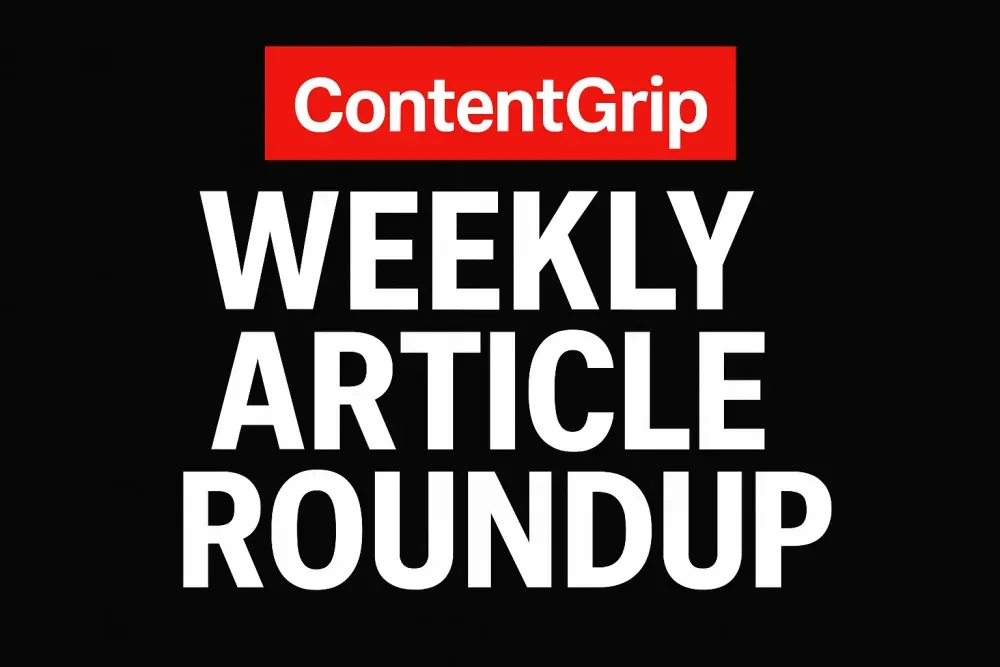
Welcome to ContentGrip Weekly, where we round up the most important marketing and martech stories you might have missed. From major platform shifts to expert strategies and emerging trends, here's what you need to know this week.
Major Platform Updates
Google Abandons Third-Party Cookie Deprecation
Google officially canceled its plan to remove third-party cookies from Chrome, abandoning a years-long effort that would have transformed digital tracking. Instead, the company will maintain the current system giving users a choice about cookie preferences through Chrome settings.
While this reversal maintains the status quo for digital advertising, it doesn't reduce the importance of first-party data strategies. The fragmented regulatory environment isn't going away, so marketers should continue investing in alternatives and maintaining flexibility in their data approaches.
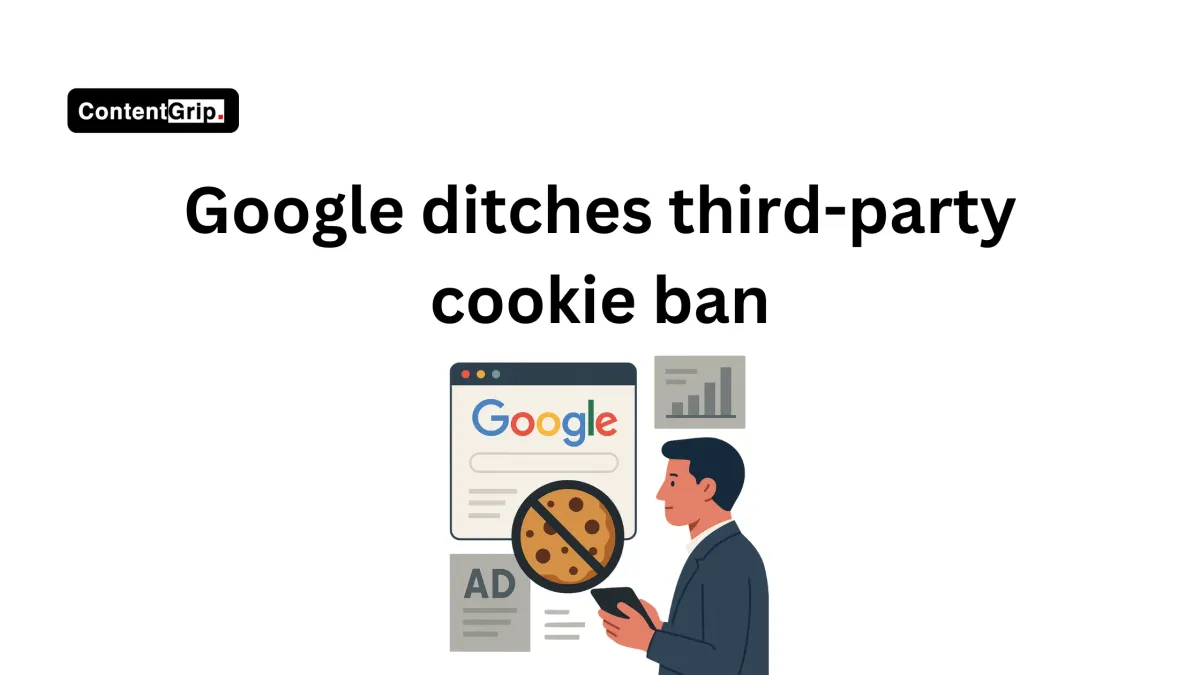
OpenAI Introduces Shopping Feature in ChatGPT
OpenAI launched a new shopping feature inside ChatGPT that allows users to search for products, compare prices and reviews, and click on shoppable links without leaving the chat window.
Product results currently come with visual details, pricing, reviews, and direct links to retailers like Walmart. OpenAI claims these product results are independently chosen and not paid ads—at least for now.
For brands, this signals that AI-driven commerce is becoming mainstream, requiring strategies that optimize for AI surfacing, not just traditional SEO.
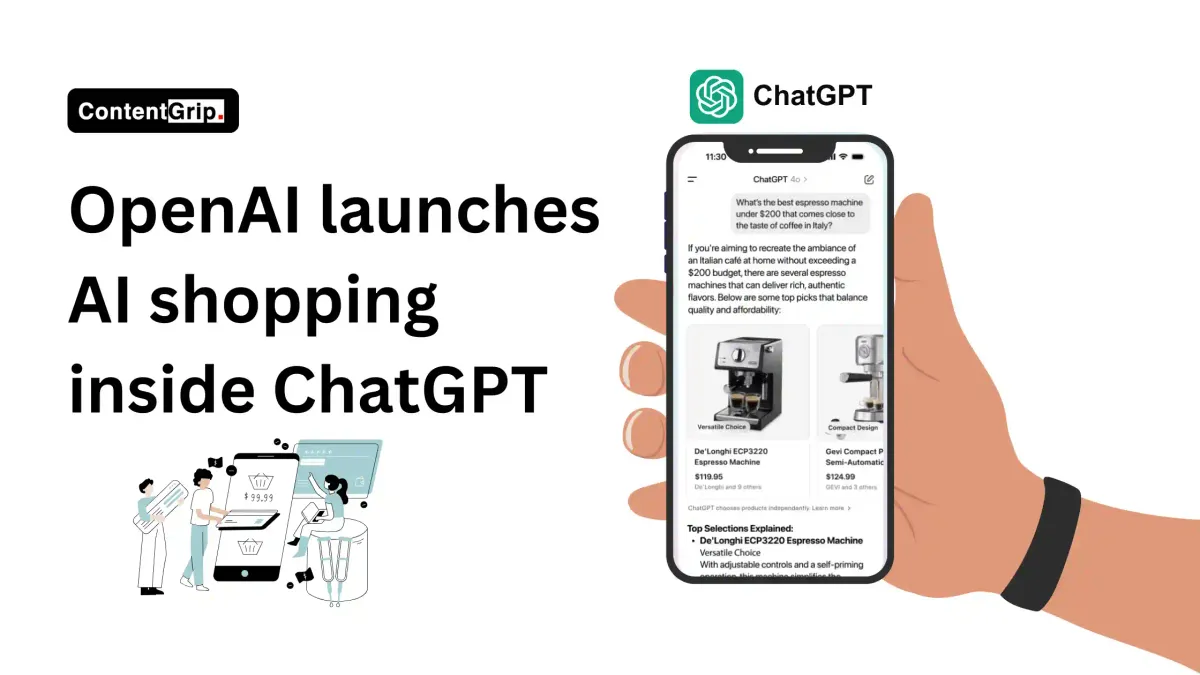
Meta Brings Ads to Threads
Meta announced the global rollout of ads on Threads, allowing advertisers to place image-based ads directly inside the platform's feed. Starting this week, eligible advertisers can have their ads appear natively between user posts as standalone images.
Advertisers using Meta's Advantage+ automated placements will automatically include Threads inventory unless they opt out. The platform now boasts 300 million monthly active users, offering brands access to a familiar yet fresh audience base.
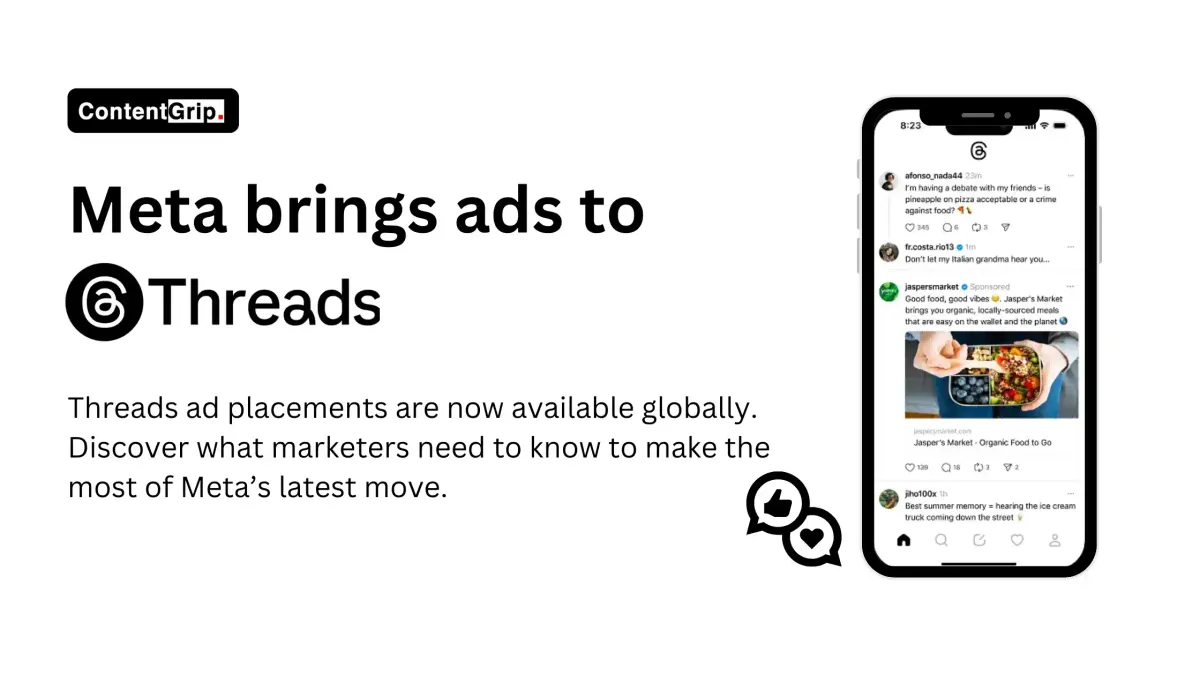
YouTube Tests Video Carousels in Google AI Overviews
YouTube has begun testing a feature that places video carousels directly within Google's AI Overviews for English-language product and location-based searches. The experiment is currently limited to a small group of YouTube Premium users in the US.
This move signals that video is becoming central to AI-driven search. Marketers should prioritize video in their content mix, optimize YouTube content for search, and prepare for new ad formats as Google monetizes AI Overviews.
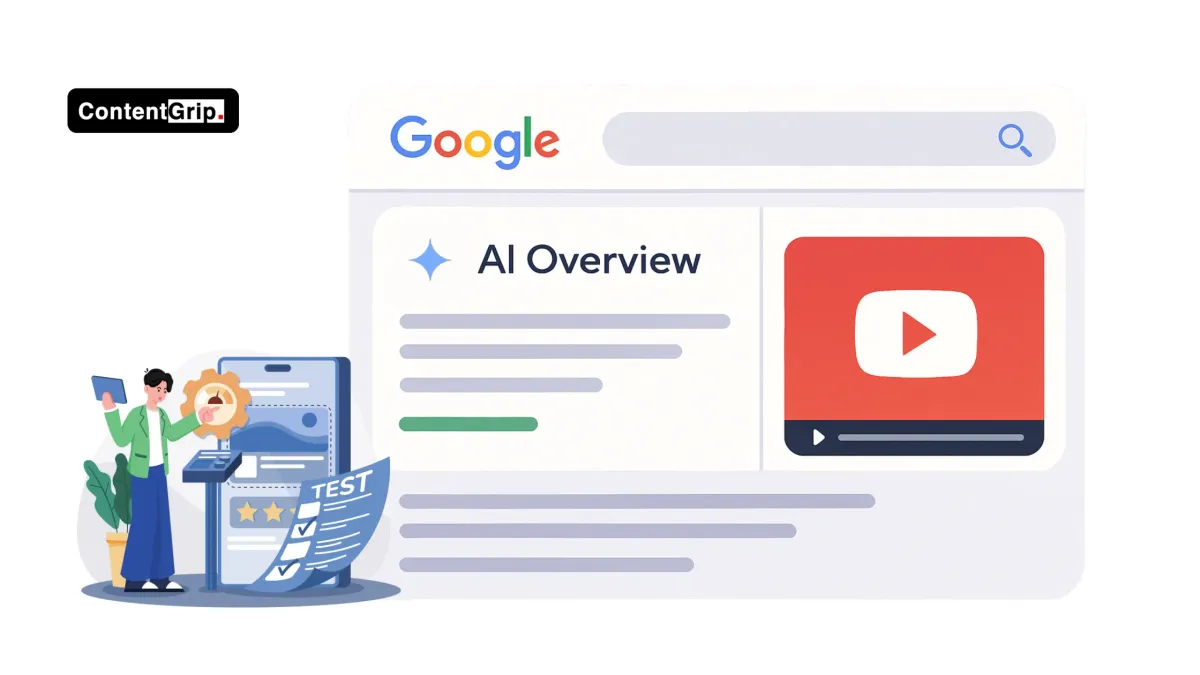
Expert Growth Strategies
4 Customer Acquisition Flywheels to Get 500 SaaS Customers
Hampton VC's Joe Speiser shared four proven customer acquisition strategies that can help SaaS founders quickly acquire hundreds of customers:
- The social flywheel: Follow competitors' followers and engage with personalized DMs
- The email flywheel: Send hyper-personalized emails with custom photos and clear value propositions
- The referral flywheel: Build "invite your friends" features with valuable rewards for both parties
- The launch flywheel: Launch multiple times on Product Hunt to coincide with key milestones
Speiser claims these methods can help companies reach 500 customers within 90 days when executed properly.

Cold Email Strategy: How Sam McKenna Achieves 43% Open Rates
Sales expert Sam McKenna, founder of #samsales Consulting, has developed a cold email strategy that consistently achieves open rates seven times higher than industry average. Her "Show Me You Know Me" method focuses on extreme personalization through:
- Unique subject lines: Create subject lines that would confuse anyone except the intended recipient
- Attention-grabbing preview text: Use introduction or direct personalization approaches
- Problem-solving value propositions: Focus on specific challenges instead of listing features
- Respectful closing: Give prospects control over scheduling rather than presuming their availability
This approach generates 43% open rates and 20% reply rates, compared to industry averages of 6% and 0.9% respectively.
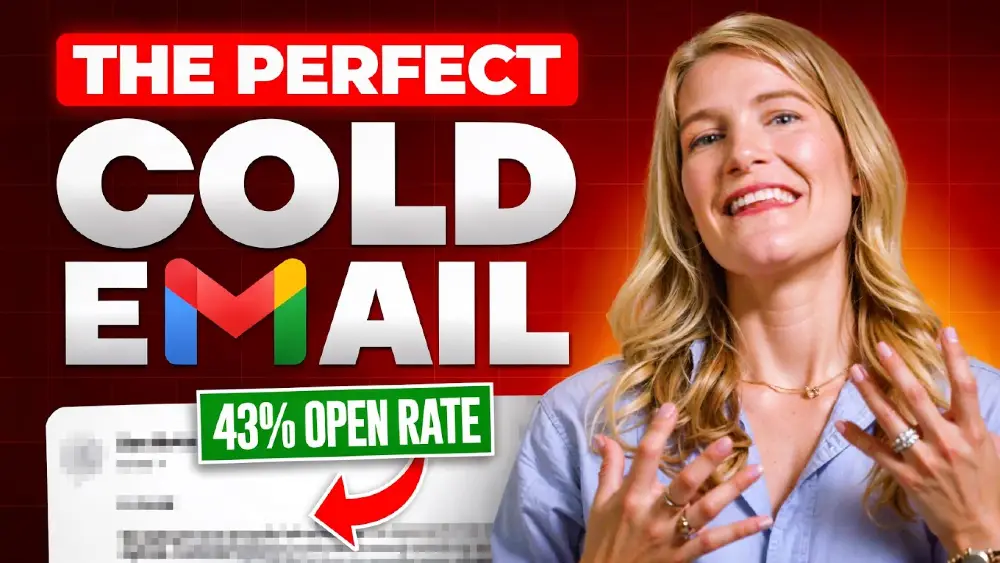
5 Steps to Build a $5M Agency with No Ad Spend
GrowthAssistant CEO Adriane Schwager shared how she would rebuild her $20M ARR business from zero without advertising spend:
- Sell before building: Validate market demand before investing in infrastructure
- Create ecosystem marketing: Build a system using AI tools and your network
- Develop comprehensive guides: Create high-value content like an "ultimate recruiting guide"
- Leverage global talent: Hire your own Growth Assistant to handle inquiries and content
- Create an expansion playbook: Develop systems for account management and client expansion
Schwager identifies net dollar retention—whether existing clients increase their spend over time—as "the No. 1 sign of PMF for a B2B business."
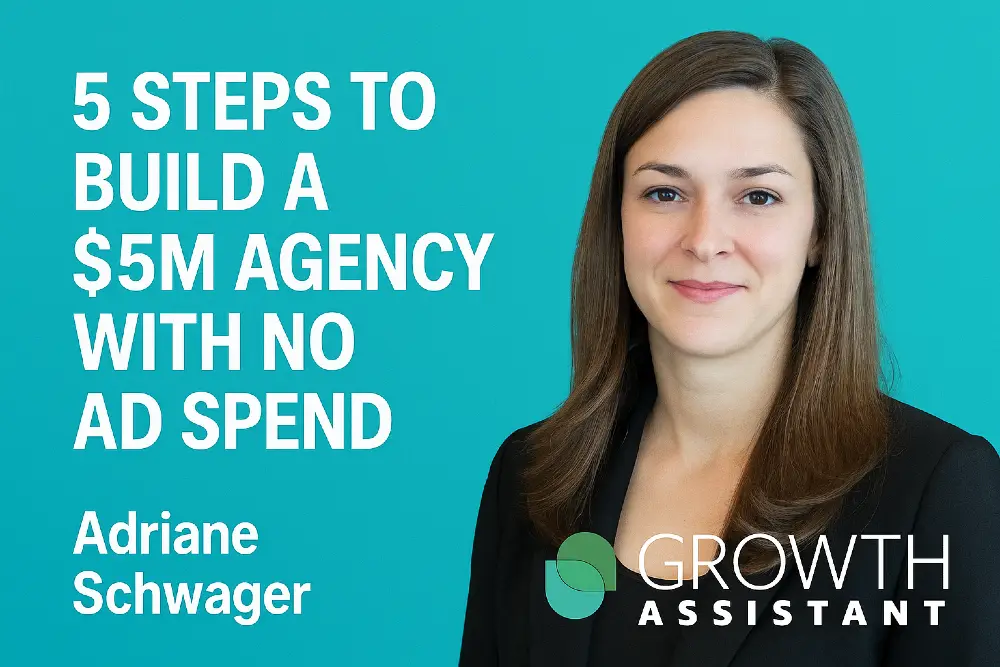
Finn Thormeier's B2B Outreach Strategy for Booking Demos
P33 founder Finn Thormeier shared a systematic 14-step LinkedIn framework for booking demos with target accounts by leveraging executive visibility and strategic content:
- Profile optimization: Update executives' LinkedIn profiles to highlight value propositions
- Strategic connections: Use Sales Navigator to identify relevant stakeholders
- Content creation: Create pillar content showcasing the product's value
- Targeted advertising: Use LinkedIn ads focusing on decision-makers
- Signal-based outreach: Collect engagement signals before direct outreach
This approach gradually warms prospects through repeated, value-oriented exposure rather than relying on cold outreach.
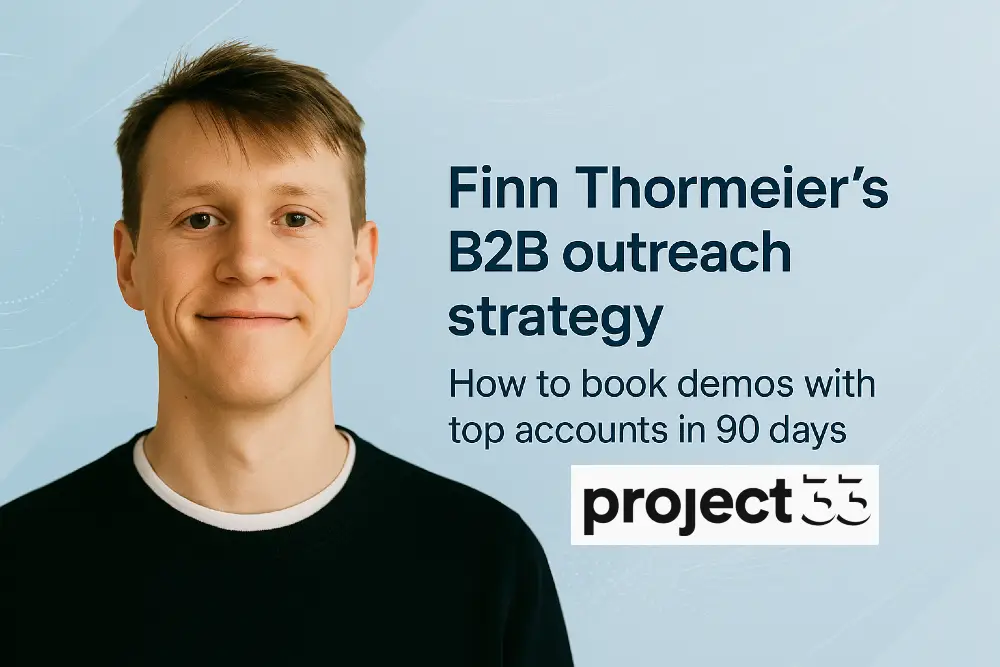
7 LinkedIn Content Formats to Boost Reach
Social media expert Tommy Clark, CEO of Compound and co-founder of Bluecast, shared seven proven LinkedIn content formats that help founders increase reach and book more demos:
- Origin stories: Share the story behind your company in narrative format
- Lead magnets: Create resources worth $50+ to drive engagement
- Industry trend commentary: Position yourself within relevant conversations
- ICP templates: Provide practical value that gets saved and shared
- Product roundups: Showcase innovation without sacrificing engagement
- Dog-fooding demonstrations: Use your own product and document results
- Pain point + listicle format: Address challenges and provide structured solutions
Clark emphasizes consistency and testing different formats rather than searching for the perfect approach.
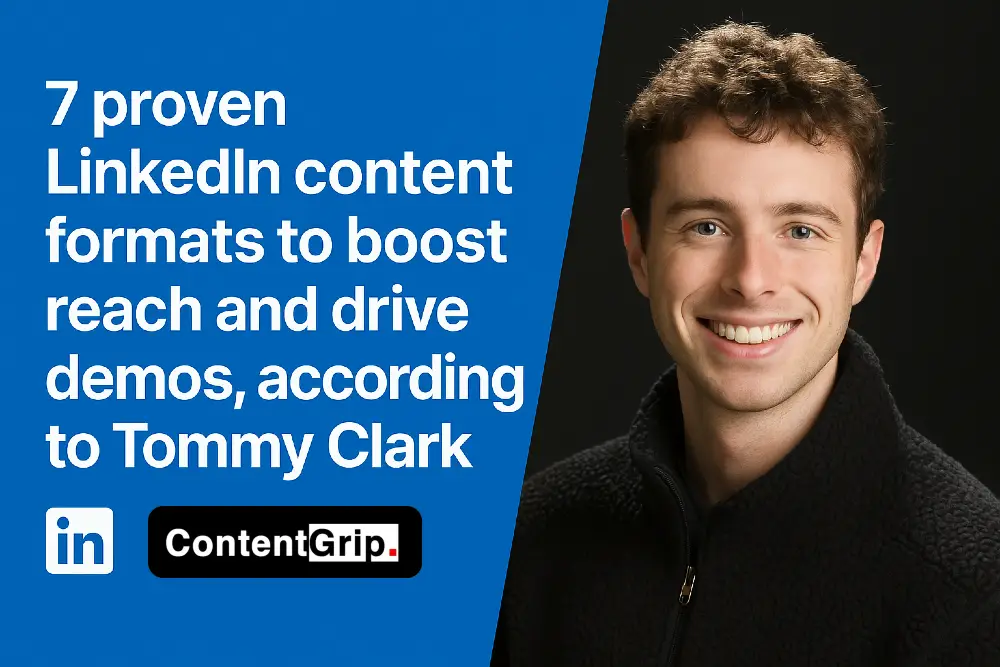
AI and Marketing Evolution
Klue: AI's Biggest Marketing Impact is in Product Marketing
Katie Berg, VP of Marketing at Klue, argues that while generative AI has dominated headlines with content creation, the product marketing function stands to benefit most from AI integration.
Berg recommends mapping all product marketing jobs to be done, then creating a roadmap to implement AI tools one by one. Klue's current roadmap includes persona GPTs, product launch GPTs, competitive intelligence automation, CRM data analysis, and content reformatting.
This strategic application of AI enables product marketers to focus on high-impact work while automation handles repetitive tasks.
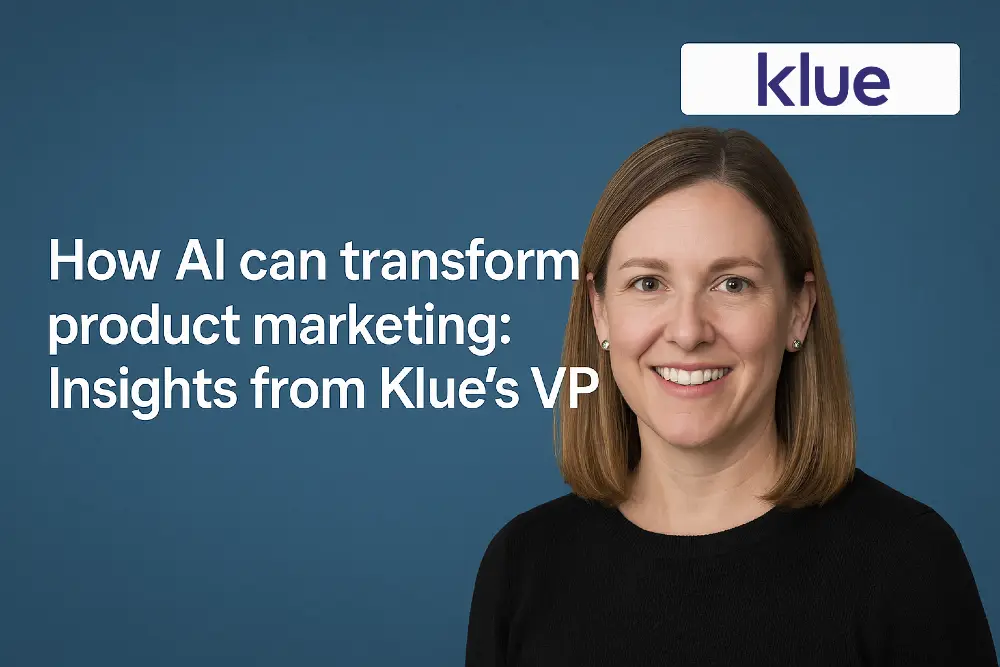
The Marketer's New Job Title: AI Boss
According to Microsoft's 2025 Work Trend Index, two roles are reshaping how companies operate: the AI agent and the AI boss. Instead of doing all work themselves, marketers will increasingly guide AI agents—assigning tasks, setting goals, checking outputs, and adjusting results.
This shift requires marketers to develop new skills: giving clear instructions to AI systems, reviewing AI outputs, improving drafts, and understanding when AI needs correction. Managing AI agents will become a standard part of marketing roles across creative, strategy, and campaign teams.

Why Your Future Marketing Teammate Might Be an AI Agent
Microsoft's research shows AI is no longer used only for small tasks—it's starting to act as part of the team. Marketing AI agents are already handling audience research, campaign planning, content drafting, and analytics.
The report states that 45% of business leaders plan to expand team capacity by adding AI agents instead of new human employees. Teams that build AI management skills now are seeing measurable benefits, with 67% of leaders reporting that AI tools save at least one hour daily.
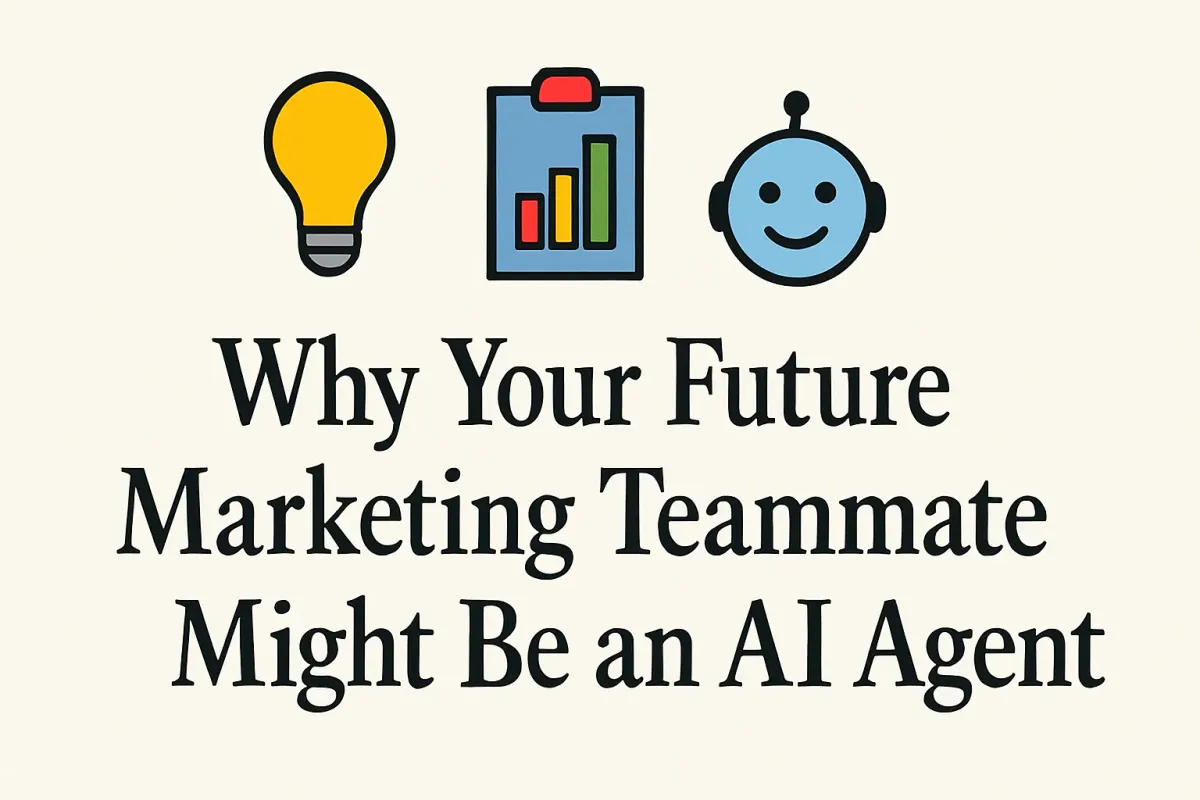
Top 11 AI Email Marketing Tools Reviewed
We've compiled a comprehensive guide to the best AI tools for email marketing, comparing features, pricing, and user reviews. The guide covers:
- Mailchimp: Known for user-friendly interface and powerful automation
- HubSpot: Offers seamless CRM integration and personalization
- Mailgo: AI-powered cold email platform with high deliverability
- AWeber: Reliable option for small to medium businesses
- ConvertKit: Tailored for creators with strong automation
- GetResponse: All-in-one platform with integrated webinar tools
- Benchmark Email: Straightforward platform with AI testing
- Brevo: Comprehensive platform with SMS and chat options
- MailerLite: Simple, affordable platform with AI features
- Moosend: Budget-friendly option with strong automation
- ActiveCampaign: Advanced automation with CRM integration
The guide also includes best practices for implementing AI in email marketing effectively.
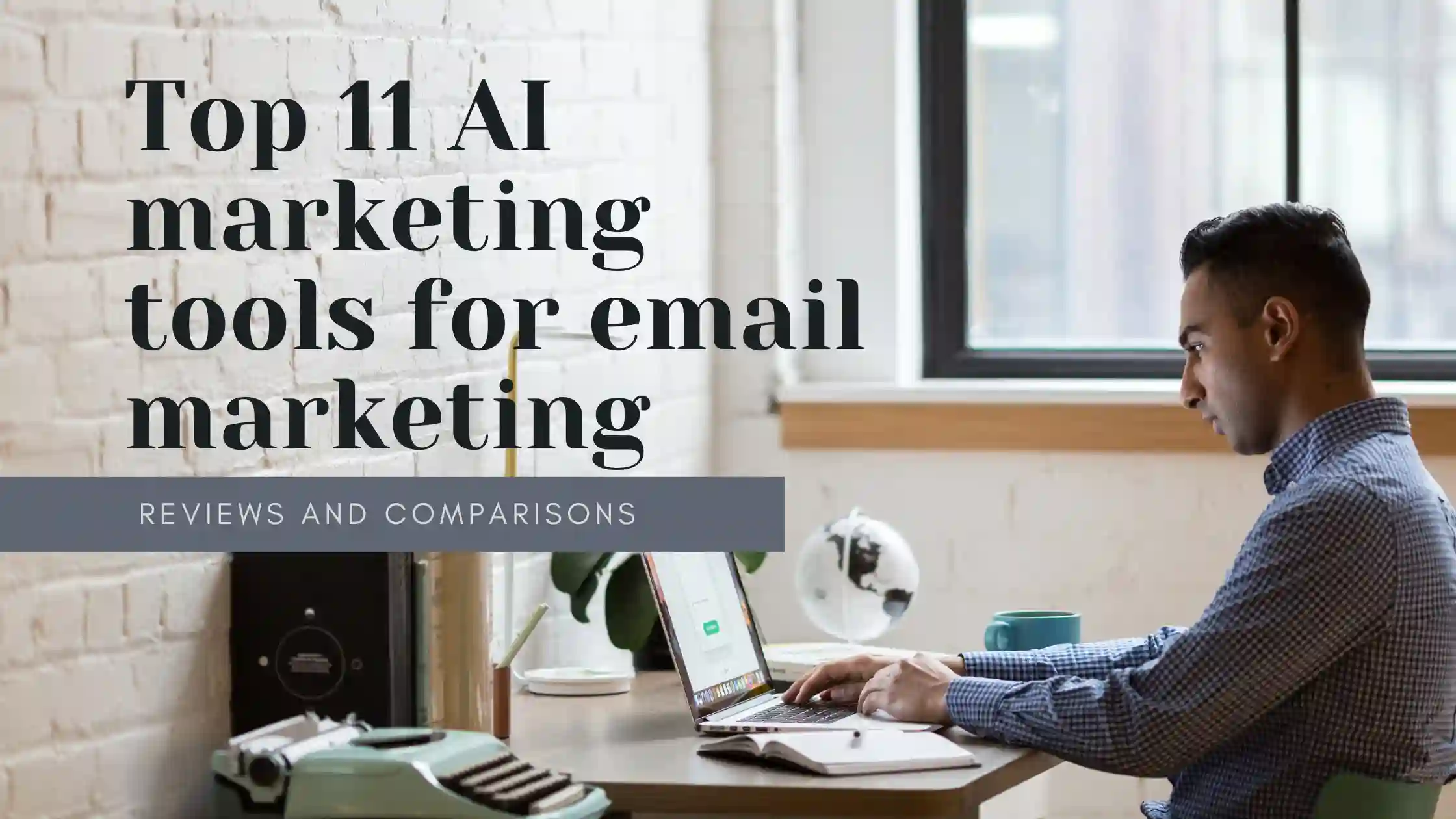
Market Research and Trends
BrightLocal: Gen Z Skipping Google for AI and Social Search
New research from BrightLocal reveals that only 49% of Gen Z use Google as their default search platform. Ten percent now default to ChatGPT, while others go straight to TikTok, Instagram, or other apps.
Additional findings show that 20% of users search directly in map apps, 40% use AI during search, and most users check multiple platforms before choosing a business. For marketers, this means optimizing presence across multiple platforms, preparing content for AI tools, and publishing location-aware content on social platforms.
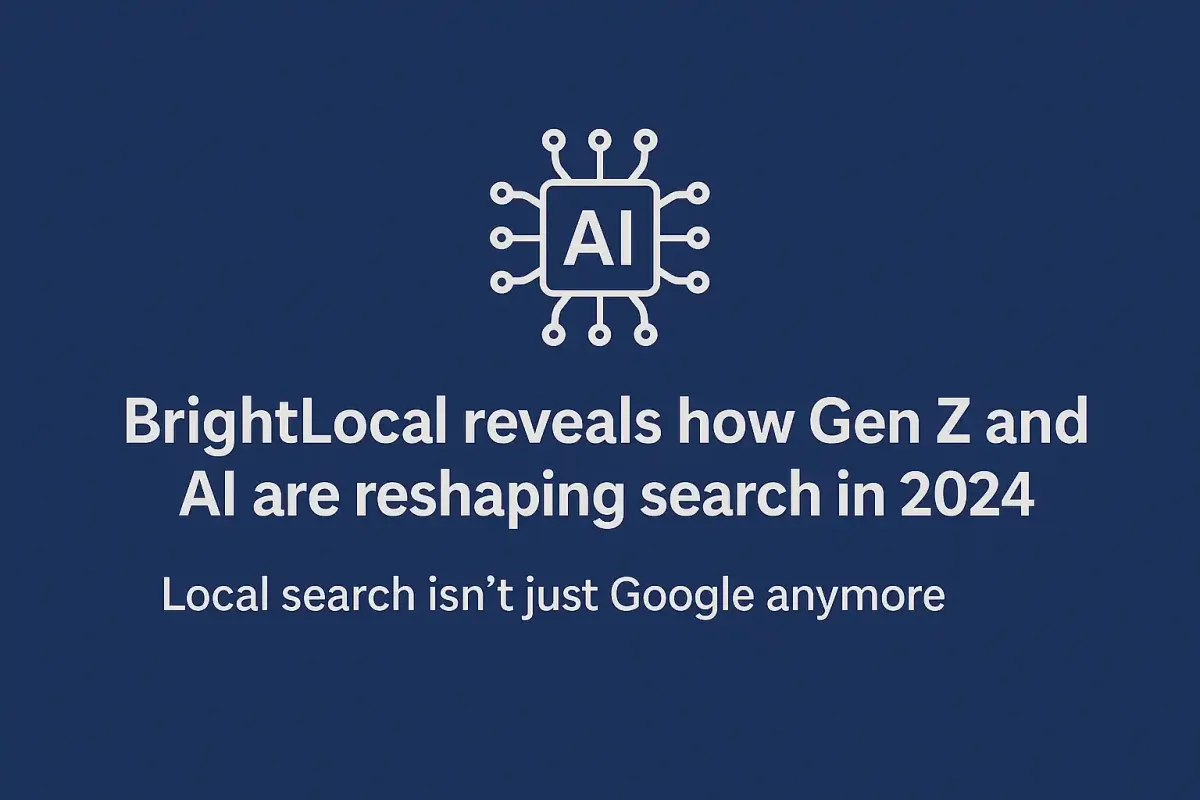
Inside Gen Z's Podcast Obsession
Edison Research and SXM Media's "Gen Z Podcast Report" reveals that nearly half of Gen Z in the U.S. are monthly podcast listeners, with listening growing 57% since 2018. Three out of four have listened in the past week, and nearly one in three listen almost daily.
Most notably, 82% of monthly listeners have taken action because of a podcast ad, including purchases, website visits, and using promo codes. For marketers, this means investing in short-form podcast clips for social discovery, creating video-first podcast content, and leaning into host-read ads.
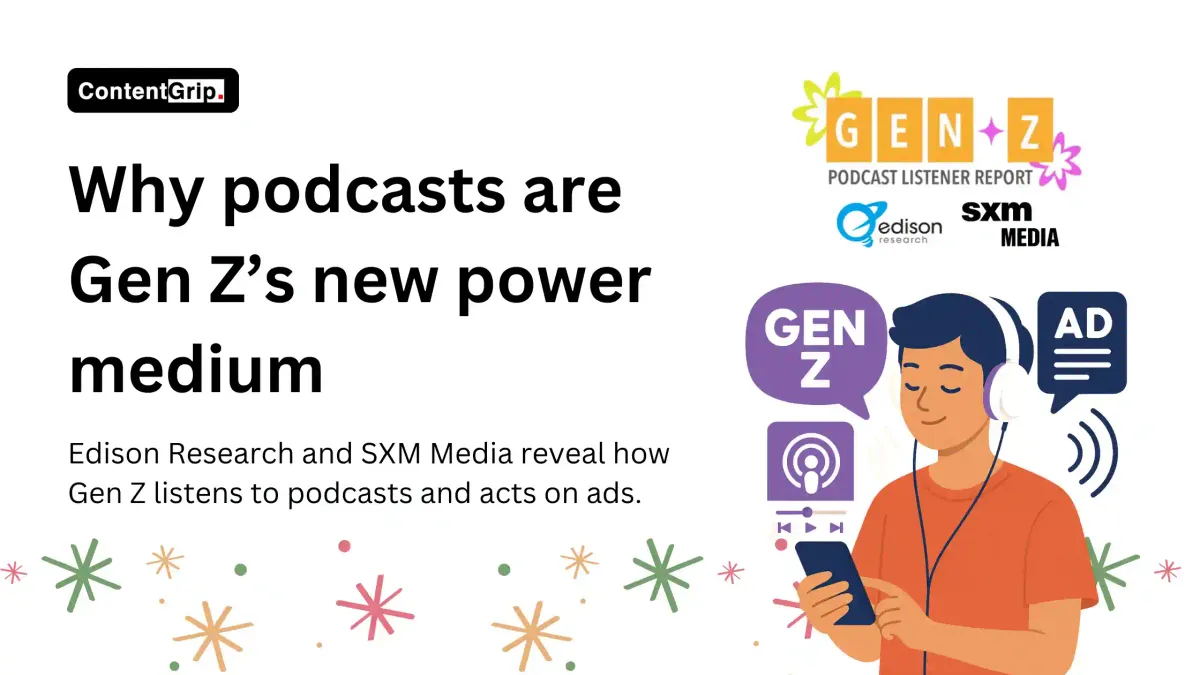
Jargon Could Be Costing Your Brand Millions
Research by Kickresume shows that corporate jargon hurts communication and costs companies real money. When professionals read memos full of buzzwords, they not only misunderstood them more often but also remembered far less.
The plain-language group scored 80% on comprehension tests compared to just 50% for the jargon group. By cross-referencing lost productivity with average wages, researchers estimated that poor communication costs companies between $546,000 (for 100 employees) and $40 million (for 10,000 employees) annually.

Additional Resources
Traditional vs Digital Marketing: How to Use Both Effectively
Instead of choosing between traditional and digital marketing, many businesses use both to maximize their reach and efficiency. Combining both creates a mix of push and pull marketing—pushing your brand to people who aren't actively looking for it while pulling in those who are searching for solutions.
Benefits include greater reach through traditional media supporting digital engagement, more precise targeting using digital data for traditional ads, stronger brand consistency across channels, better performance tracking, and improved efficiency through automation.
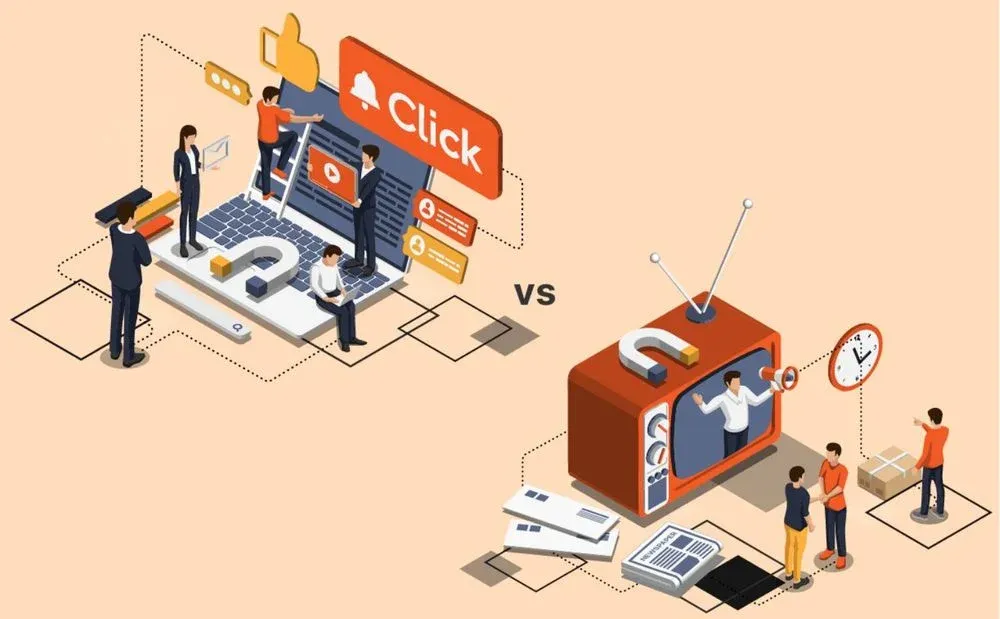
That's all for this week! Stay tuned for more insights and analysis from ContentGrip.
